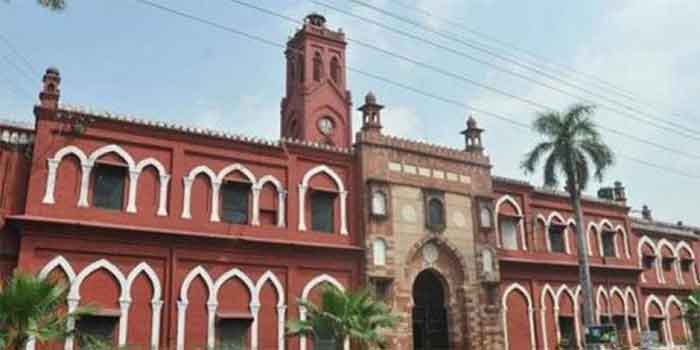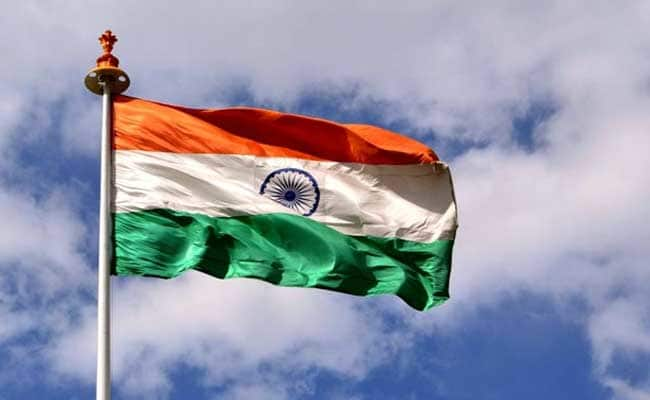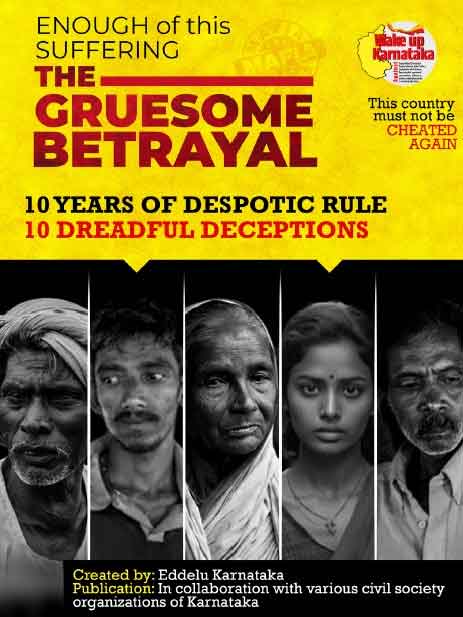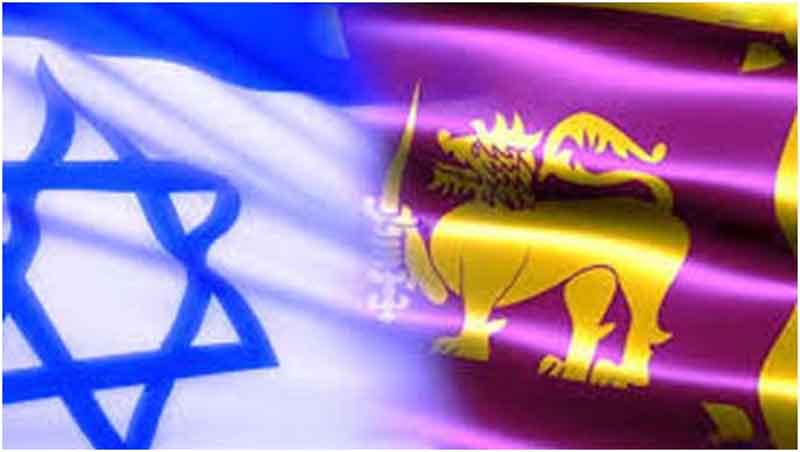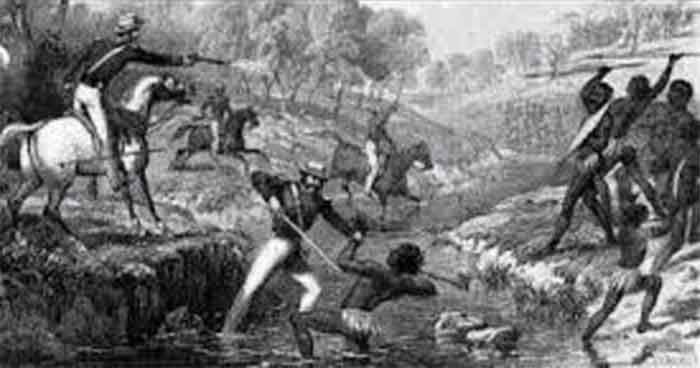
On 17 November, 1913 the colonial British regime mobilized cannons and machine guns to fire on Bhil tribal freedom fighters gathered at the hill of Mangarh, located in present day Banswara district of South Rajasthan. Over 1500 of those gathered died. The legendary leader of the tribal community, Govind Guru ( or Govindgiri) was arrested and sentenced to life imprisonment.
Eye-witness accounts have revealed that firing tactics designed to maximize killings were used. Despite the enormity of the tragedy—many more people were killed here than at Jalianwala Bagh in Punjab—the Mangarh massacre did not get the due attention in history till very recently. It appears that long over-due efforts are likely to be made now to do justice to the valiant bhil freedom fighters and their great leader Govind Guru. The Chief Minister of Rajasthan Ashok Gehlot has been pleading for a long time for this. He has himself taken initiative towards a memorial at Mangarh, some steps have been taken, but much more needs to be done. The tribal belt where Guru Govind gets high respect is certainly not confined to Rajasthan and extends to several states including Gujarat, Madhya Pradesh and to some extent Maharashtra. The memories of Govind Guru are also etched in Hyderabad and neighboring areas where he was imprisoned. Hence a suitable national effort is needed to create an appropriate national monument which can do justice to the valor and sacrifice of the Bhil freedom fighters who sacrificed their life at Mangarh in 2013.
In early 1900s, particularly following a famine, common people of Rajasthan including peasants and workers had been suffering a lot due to the injustices and atrocities perpetrated by the combined might of the princely kingdoms and the overarching British colonial rulers. The bhils at the lower end of society suffered the most and were frequently subjected to bonded labor and high taxation. During the times of Rana Pratap and even later they had received much respect from royalty and they too had fully reciprocated this, being willing to sacrifice even their life. However with the advent of British rule, some of the royalties were reduced to being lackeys of colonial rulers and turned against their own people to extract more and more from them for themselves as well as the colonial rulers. In turn the British assured the support of their army in case of any rebellion against them. Hence both colluded readily whenever it came to repression of freedom fighters.
It was in these conditions that a bhil activist, Govindgiri, who had himself also suffered from such extreme exploitation, started trying to find a way out of these many-sided injustices for his community. He felt that in order to get the strength for protecting their rights, the bhils needed first of all some reforms in their own community. Hence he started a social reform movement, with special emphasis on giving up liquor, using symbolism with which the community could identify.
This was not an end in itself, but a means to gather the strength and establish the unity for the bigger struggle against exploitation. They raised specific demands for abolishing bonded labor/forced labor and arbitrary as well as high taxes. There were several small struggles which ultimately culminated in a big and determined gathering at the hill of Mangarh which had been the place of earlier struggles too. By this time the feudal rulers and their colonial masters had become alarmed at the growing strength of this movement and so they used their full force in a very cruel way to crush the gathering rebellion. When faced with such terrible and cruel use of force, the conduct of the valiant bhil freedom fighters was most noble and determined as they refused to vacate their positions despite being threatened by the use of overwhelming force against them.
This struggle had spread to vast parts of the central tribal belt and so the creation and proper maintenance of a national monument to honor this struggle and its leader Govind guru is long overdue. To make this even more appropriate to our times, this memorial should include a tribute to the resilience and strengths of tribal communities.
As Jayesh Joshi, an activist who has worked in the tribal belt of Banswara for several years , says, “ A patronizing attitude often seen fails to do justice to the the many strengths of tribal communities, their self-reliance, sense of justice and fair play, their harmony with nature. These strengths should also be reflected in the monument and its museum, as these strengths also contributed so much to the struggles of Govind Guru and his companions.” So the emphasis of this national monument should not be so much on grandeur as on appropriateness–capturing the spirit of tribal communities—their sense of justice, harmony with nature and resilience.
Bharat Dogra is Honorary Convener, Campaign to Save Earth Now. His recent books include When the Two Streams Met, Azadi Ke Deewanon Ki Daastaan and A Day in 2071.





